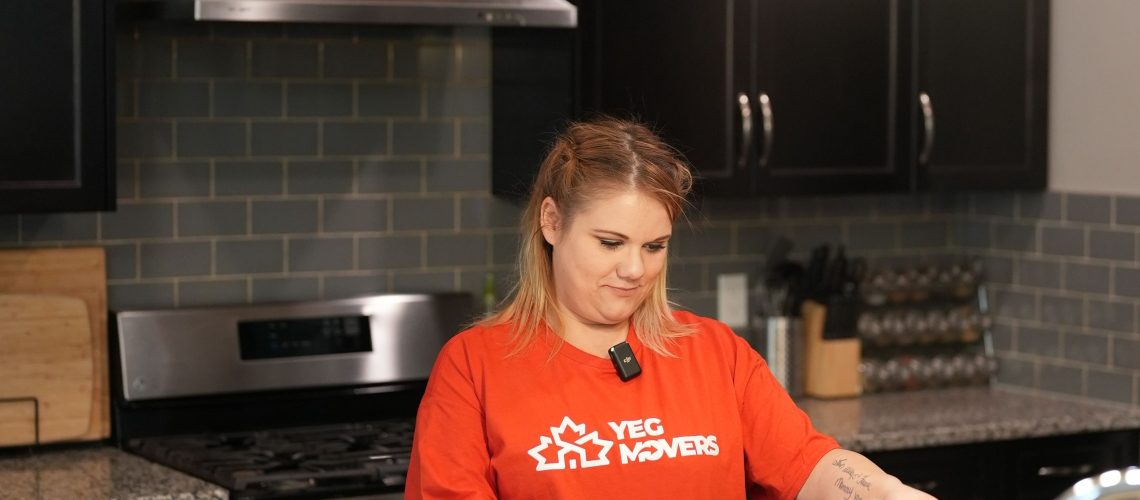Preparing delicate china for relocation requires careful planning and precise execution. Many collectors spend years building their collections, making proper packing essential to preserve both monetary and sentimental value. Working with a Edmonton moving experts can significantly reduce the risk of damage during transit, as they bring specialized materials and techniques to the process. This guide offers proven strategies for protecting your fine china during a move, from selecting appropriate packing materials to proper handling techniques that will help ensure your valuable pieces arrive intact at your new home.
Selecting the Right Packing Materials
Sturdy cardboard boxes provide the best foundation when selecting packing materials for delicate china. These boxes offer solid structure to protect fragile items throughout the moving process. Essential cushioning materials include bubble wrap, packing paper, and foam inserts to create protective layers. Each piece should be individually wrapped before placement in the box. Fill any gaps with additional padding to prevent movement during transit. Clearly label each box with its contents and fragility warnings. Always stack heavier items at the bottom with lighter pieces on top to distribute weight properly. Following these guidelines helps safeguard your valuable china collection during the moving process.
Organizing and Sorting Your China
Before packing begins, carefully examine each piece for existing damage or imperfections. Look for hairline cracks, chips, or weak spots that could worsen during transport. Separate pieces into logical categories—plates, cups, saucers, and serving dishes—to streamline the packing process. Note which items require extra care due to their delicacy or value. Group similar sizes and shapes together for more efficient packing and better protection. This initial sorting step helps identify which pieces need additional protection and assists in planning the most secure packing arrangement for your valuable china collection.
Proper Wrapping Techniques for Protection
Effective wrapping techniques provide crucial protection for china during the moving process. Start by placing a sheet of packing paper on a flat surface. Position a piece of china in the center, then cover with another sheet of paper. Gently fold and crumple the excess paper around the item for a snug fit. Secure with tape, being careful not to leave loose ends that could catch on other items. For particularly delicate pieces, add bubble wrap or foam sheets for extra cushioning. Wrap each piece individually before moving to the next, creating a protective cocoon that shields against impacts and vibration during transport.
Packing China in Boxes Safely
When packing china in boxes, ensure each piece has proper protection before placement. Begin by creating a cushioned base with crumpled packing paper at the bottom of the box. Wrap individual pieces in bubble wrap with all surfaces covered, securing with tape. Arrange wrapped items vertically in the box, placing heavier pieces at the bottom and lighter ones toward the top. Fill empty spaces with additional packing paper to prevent shifting during transit. Finally, mark the box as fragile and indicate if it’s top-heavy to alert handlers. These precautions help ensure your valuable china arrives undamaged at your destination.
Labeling and Handling With Care
Proper labeling and careful handling are crucial final steps in protecting china during a move. Mark each box clearly with “Fragile – China” using a permanent marker on multiple sides. When lifting boxes, use proper technique by bending at the knees while keeping your back straight to prevent injury. Always support boxes from underneath with both hands to distribute weight evenly. Never place heavy items on top of china boxes. Secure boxes in the moving vehicle to prevent sliding or tipping during transport. Communicate clearly with anyone handling these boxes about their fragile contents. These simple precautions significantly reduce the risk of damage to your valuable china collection.
Other Related Articles:


